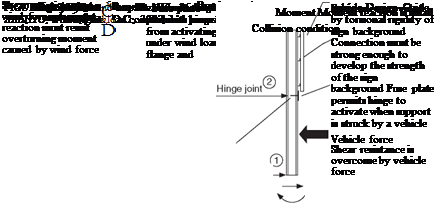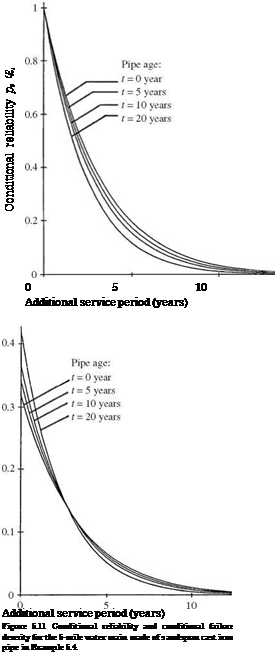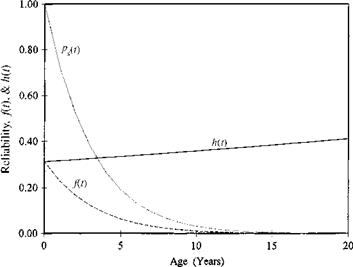Hierarchy
Good home design entails a lot of categorizing. The categories we use are determined by function. In organizing a home, everything that is used to prepare food would, for example, most likely go into the "kitchen” category. If something in the kitchen category functions primarily to wash dishes, it would probably be placed into the subcategory of "kitchen sink area.” The categories proposed by our predecessors usually serve as pretty good tools for organizing a home. Ideas like "kitchen,” "bathroom,” and "bedroom” stick around because they generally work. But these ideas cannot be allowed to dictate the ultimate form of a dwelling; that is for necessity alone to decide.
Sacred Geometry
Organizing the tops of windows and doors along a horizontal axis and deliberately spacing porc...
read more










